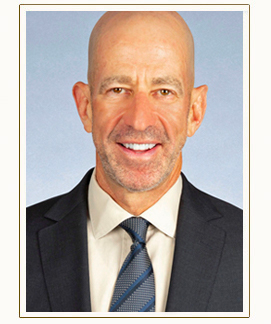When drafting advance directives, a common problem for many people is making these documents easily accessible for their loved ones.
What is an advance directive? A legal document in which a person specifies what arrangements should be taken for their health if they are no longer able to make decisions for themselves because of illness or incapacity. There are different ways of creating advance directives, including a living will, a durable power of attorney and also a health care proxy.
People may feel that their advance directive should be kept with their attorney or in a safe deposit box. However, decisions about medical treatment often need to be made quickly, so it is important that an advance directive be not only safe, but easy to get to.
If an individual’s advance directive appoints another person as health care proxy, then that person should have a copy of the document, or know where it is kept. If a patient is incapacitated, then it is important that the health care proxy be able to present the document to medical personnel.
It may also be wise to keep a copy of the document in electronic form, stored in such a way that it is accessible from a smartphone or other device. Such electronic copies have the same legal authority as the original paper document, and they can be accessed more easily. Ask your attorney what they recommend for digital or cloud storage for these documents to ensure the security of your private information. Learn more about our services within elder law and advance directives by clicking here.
If you enjoy our content, please share it on Facebook.





